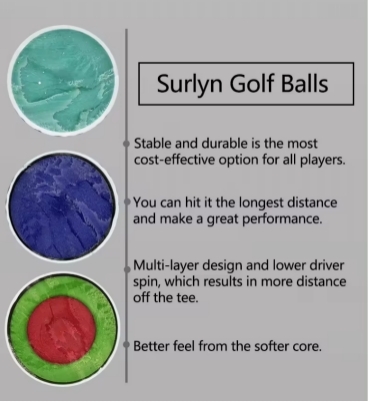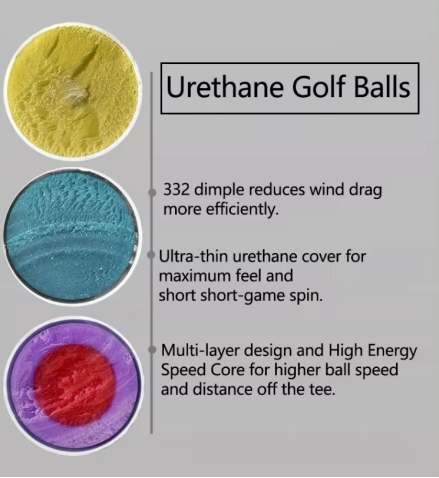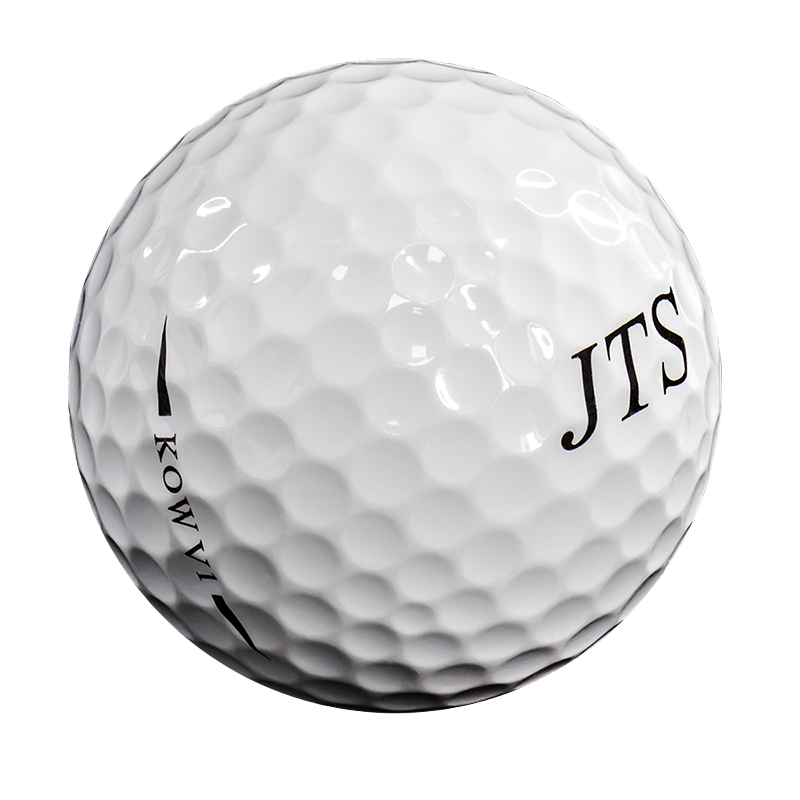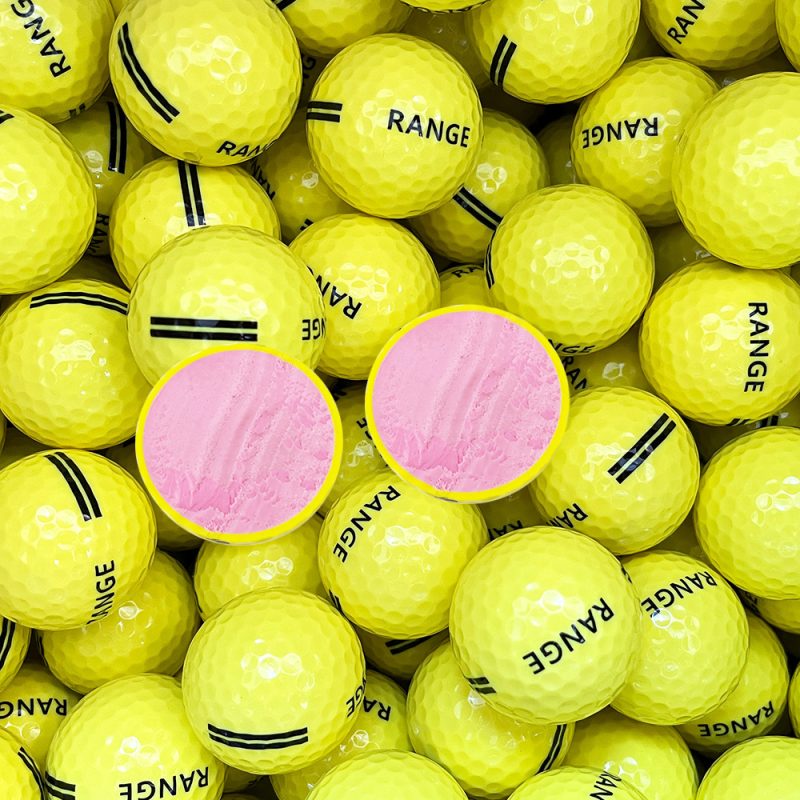Mastering Golf Ball Selection: A Guide for Every Scenario
Golf, a sport that combines precision, strategy, and a deep connection with the elements, is as much about choosing the right equipment as it is about honing your swing. Among all the gear, the golf ball stands out as a crucial factor that can significantly impact your game. Selecting the appropriate golf ball based on the playing scenario is an art that can elevate your performance on the course. In this blog, we’ll explore the ins and outs of making the perfect golf ball choice for various situations.
Course Conditions: The Foundation of Your Choice
Dry and Hard Terrains
When faced with a dry and hard course, the ball’s interaction with the ground becomes a primary consideration. A ball with a lower spin rate off the driver can be highly advantageous. This is because the hard surface of the fairway already provides ample opportunity for the ball to roll after landing. High – spin balls off the driver may cause the ball to balloon in the air, reducing the overall distance and introducing unpredictability in the trajectory.
Look for a ball with a construction that emphasizes distance and stability. A ball with a large, solid core is often a good fit. The solid core allows for efficient energy transfer at impact, generating more power and distance. Additionally, the ball’s cover material should be durable enough to withstand the abrasive nature of the dry, hard course. A harder cover can resist scuffs and cuts, ensuring that the ball maintains its performance characteristics throughout the round.
So the surlyn golf balls are vary suitable.

Wet and Soft Greens and Fairways
In contrast, wet and soft courses demand a different set of ball properties. Here, the ball doesn’t roll as far after landing due to the soft ground and the presence of moisture. To counter this, a ball with a high spin rate is essential. High – spin balls can bite into the soft greens, allowing for more precise approach shots.
A multi – layer ball with a soft urethane cover is an excellent option. The soft urethane cover creates more friction with the clubface, generating higher spin. This extra spin enables the ball to stop quickly on the wet greens, giving you better control over your shots. The multi – layer construction also helps in fine – tuning the ball’s performance, providing a balance between distance and spin.
So the urethane golf balls play well in wet and soft greens and fairways.

Wind Conditions: Adapting to the Elements
Calm Skies
On calm days, golfers can focus on a ball’s overall performance in terms of distance and control. A ball with a balanced flight profile is ideal. This means a ball that can offer good distance off the tee while maintaining excellent control in the short game.
A three – piece ball often fits the bill. It typically has a soft inner core, a middle layer, and a cover. The soft inner core helps in generating distance by providing a spring – like effect at impact. The middle layer plays a crucial role in managing the ball’s spin and trajectory. It can be designed to optimize the ball’s performance for different clubs, ensuring that you get the right amount of spin and distance for each shot. The cover, usually made of a material like urethane, offers a soft feel and good spin control around the greens.

Blustery Conditions
When the wind is blowing, the ball’s flight stability becomes a top priority. A ball with a lower launch angle and less spin is more likely to cut through the wind effectively.
A ball with a high – density core and a streamlined design can be a great choice. The high – density core helps to keep the ball on a more stable flight path, reducing the impact of the wind on the ball’s trajectory. The streamlined design, often achieved through a carefully engineered dimple pattern, minimizes drag, allowing the ball to maintain its speed and direction in the wind. Additionally, a ball with a firmer cover can be more resistant to the buffeting effects of the wind, further enhancing its stability.
Skill Level and Playing Style: Tailoring the Ball to the Golfer
Novice and High – Handicap Players
For beginners and high – handicap players, the focus is often on distance and forgiveness. These players may not have the consistent swing mechanics of more experienced golfers, so a ball that can compensate for off – center hits is essential.
A two – piece distance ball is a popular choice. It usually has a large, soft core that helps generate distance even with slower swing speeds. The simplicity of the two – piece construction makes it more forgiving on mis – hits. The ball is designed to be more resilient, ensuring that it doesn’t lose its performance characteristics easily, which is beneficial for players who may not strike the ball perfectly every time.

Low – Handicap and Professional Golfers
Low – handicap and professional players, on the other hand, require a ball that offers maximum control and precision. They have the skills to take full advantage of the more advanced features of high – end golf balls.
A multi – layer tour – level ball is the go – to option. These balls are engineered with a high – degree of precision, often featuring multiple layers of different materials. The soft urethane cover provides exceptional spin control, allowing for delicate shot – making around the greens. The multi – layer construction also offers a consistent flight performance, enabling players to fine – tune their shots based on the specific requirements of each hole.
In conclusion, choosing the right golf ball for different scenarios is a nuanced process that requires careful consideration of course conditions, wind conditions, and your own skill level and playing style. By understanding the characteristics of different types of golf balls and how they perform in various situations, you can make an informed decision that will enhance your golfing experience and improve your scores on the course. So, the next time you tee off, take a moment to assess the situation and select the ball that’s right for you.
